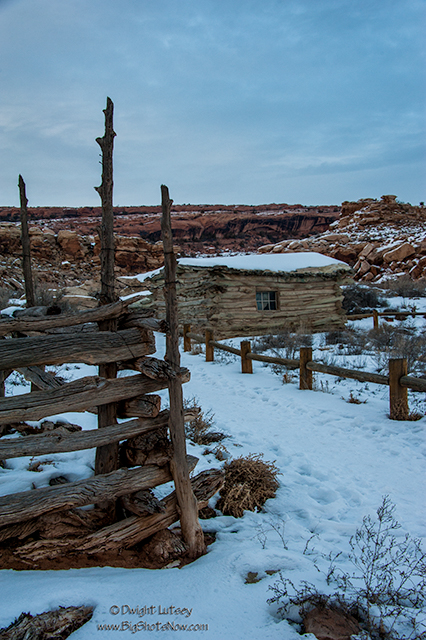
Wolf Ranch cabin Arches National Park click to enlarge
Many of you have written in asking about The Institute. What is it? Is it legal? What do you do? Whose your daddy? ( I know who wrote that one and she better stop) Do you do good work? How large is your staff? (Again she better just quit it) Do you treat them well? Do you accept large contributions from anonymous donors?
The answer to those questions is, yes.
For example, here is a picture of our infirmary. Yes, I know it appears to look a little ramshackle but that’s just how it looks. Inside it is a state of the art medical facility with everything a casually trained medic needs to heal the sick and salvage the wounded.
We have scissors, rope, tins of peaches for the dehydrated, bone saws, things to bite on during amputations, illustrated medical books, (2 of them, one in Latin), formaldehyde, tincture of roses, a needle for suturing, a needle for sticking, tons and tons of torn up petticoats, buffalo chips to heat water, several kinds of thread and sinews to sew up those lacerations that don’t require amputation, a brand new gray market, Siemens overhead tube crane x-ray machine with the tilting upright and latest extremity system option, a very efficient solar panel with a converter for 12v to run it, trash receptacles, operating table with sheets, corrals so you don’t have to hobble your mules after transporting your injured here, the very latest POS system to handle your claims, invoices and credit processing, no more irritating dun notices, you pay before the first limb is cut off, a small bottle of pills with the label missing that we think are for gout, a magazine in the waiting room, a waiting room, two large window areas, both filled with glass to allow our crack medical team to see what it is doing at all times, except at night of course, and a hospice nurse on call if the weather allows, to assist with the grieving.
I think that about covers it. There’s probably more but that’s all I can remember at the moment. Countless staffers have been treated here, even though they might be begging and screaming to be sent to that quack hospital down in town, and several of them have had successful recoveries. Take the case of Castaway Rodriguez.
Castaway was one of our more daring animal keepers and worked primarily as bait to train our three grizzlies to act vicious while on camera. Some of you may not be aware that we rent out various animals for movie work as a sideline while we wait to see if any of our many grant proposals are accepted. Grant proposals for our various research projects are our mainstay and are the thing that allows us to operate at the level we do. We need that free money and have no less than 35 or so grants in the works at all time. But I digress.
Castaway was continually pushing the envelope and placing himself in danger simply because he himself was untrainable and if the truth be known, stupid. I mean who in their right mind would drop kick a grizzly cub in front of its mother simply because the cub ate his shoe. Nobody blames Lizzie, our resident grizzly mom or her two kids, Rhett and Scarlet, for reacting like any mother would and tearing off one of his legs, his ear and biting him a lot. As you can imagine this put Castaway in a tight spot. He was barely able to drag himself to the door where the film crew was shooting to get help.
You’re probably thinking, Well, this isn’t going to end well. But actually things didn’t turn out too bad. Some quick thinker threw him on the salt wagon and hauled him down to our infirmary and the rest is history. Our crack medical team sent in their triage unit and stopped up all the worst bleeding. We were able to recover the lower part of his leg after explaining to Lizzie that Castaway would be reassigned in the morning and she didn’t have to work with him anymore, and reattached it. Unfortunately we couldn’t retrieve the knee part, as the kids had made quick work of it, so we had to reattach the lower part of his leg to the upper part sans knee, to save his life and give him some mobility. Yeah, this made his leg about nine inches shorter on that side but look at the alternatives. We all chipped in and got him lifts for that shoe so he can walk. He has a slight limp, but he can walk, sort of. He can’t hear out the left side of his head and won’t ever, but he didn’t listen anyway. The tooth mark holes all over his body are almost the exact size that a 38 police special, armor piercing shell makes, so he gets some mileage out of telling the tourists about the various gunfights he’s been in.
It’s those kind of heart-warming stories that just produce a warm glow when I think of them. If you can, try and catch the film, “Poachers on Grizzly Island”. Most of the Castaway incident is in there uncut and it’s exciting stuff. I hope this answers some of your questions about the Institute and our facilities. One last note, if you visit The Institute and heaven forbid you get injured, please remember that we do not accept any type of hospitalization insurance, or American Express. So bring money, it costs a lot to maintain a facility like ours, and we don’t do pro bono.

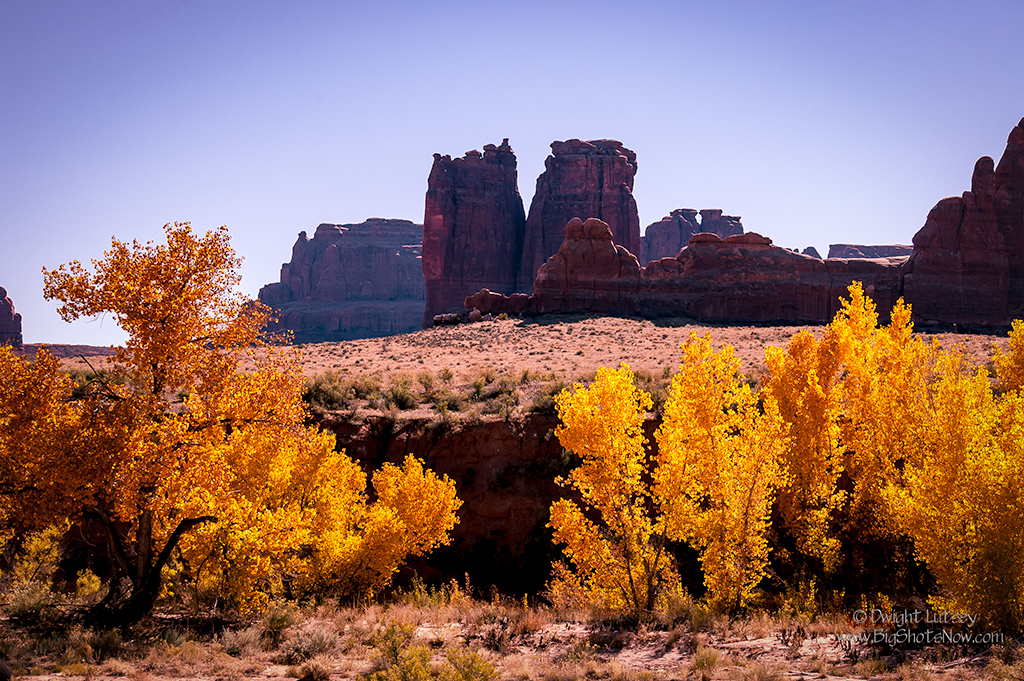
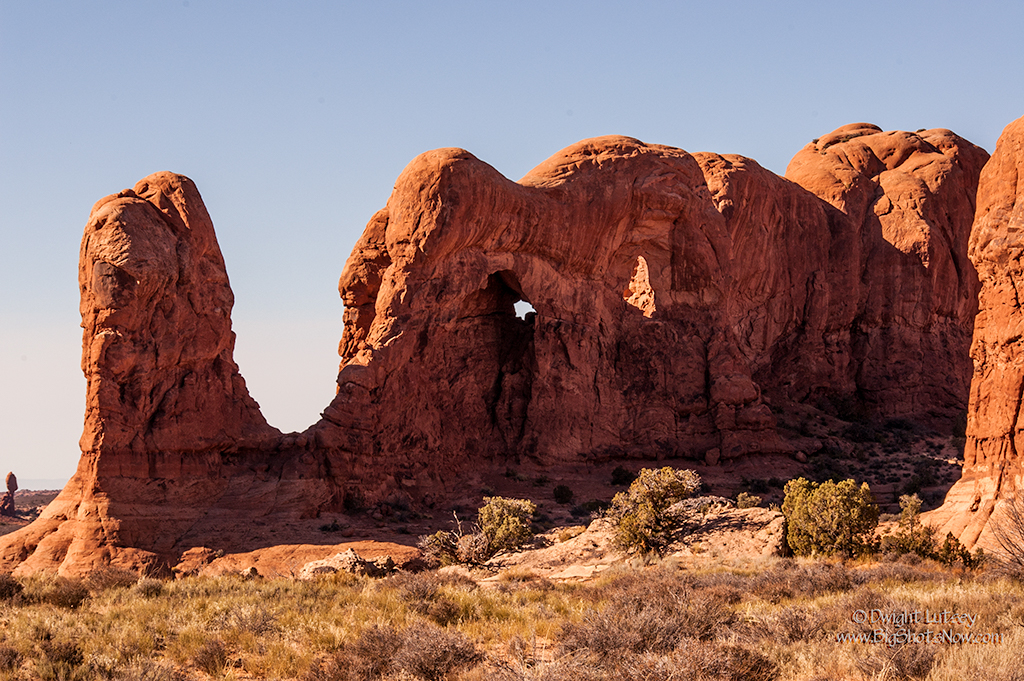
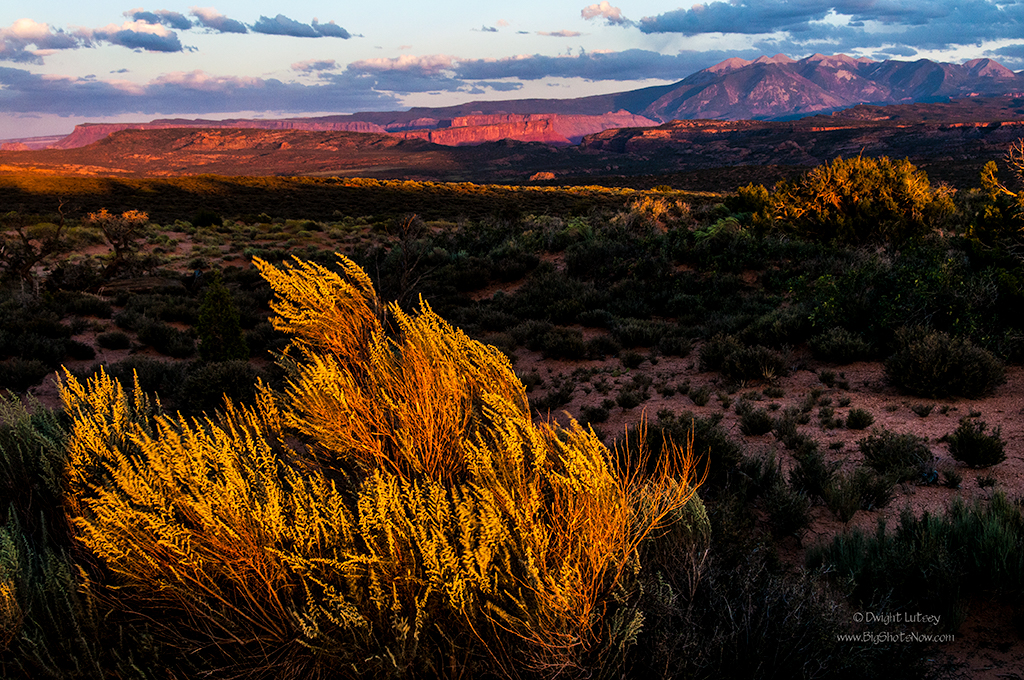
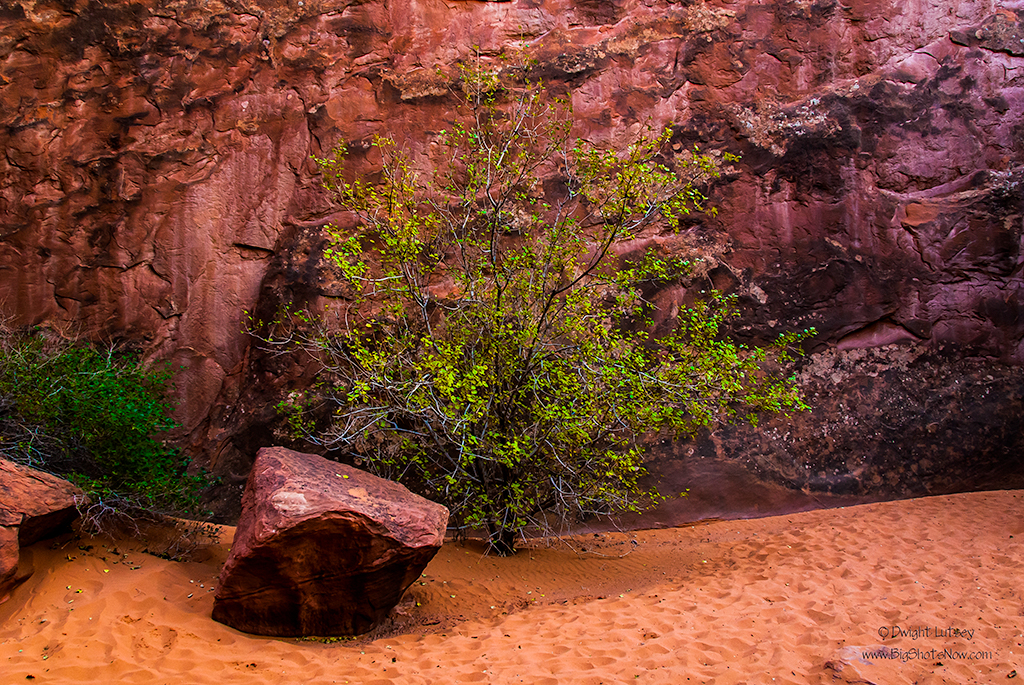
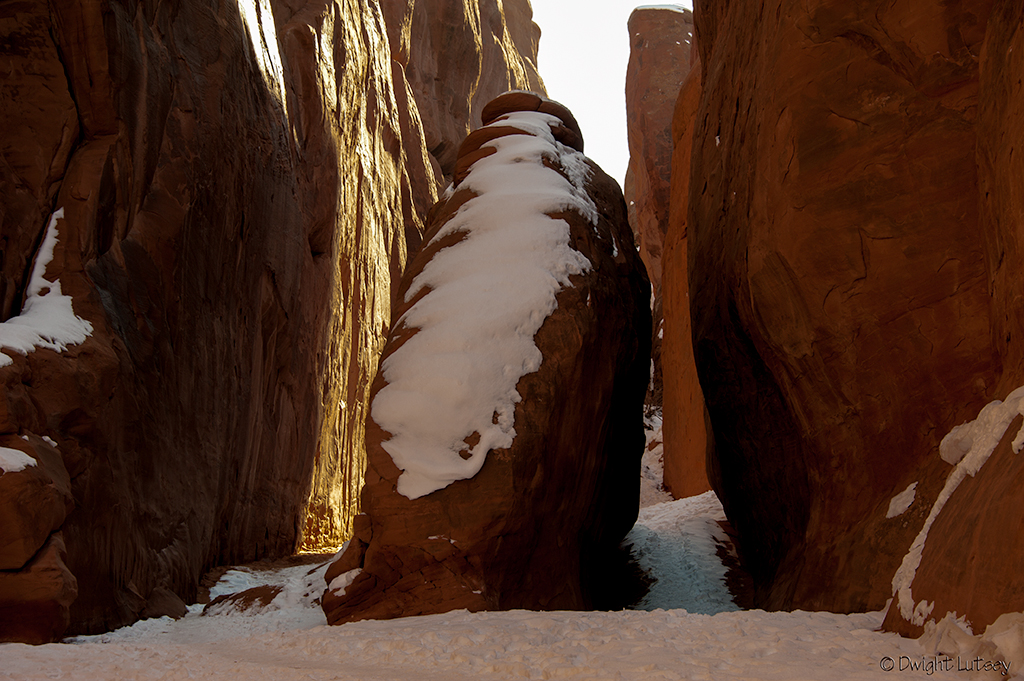

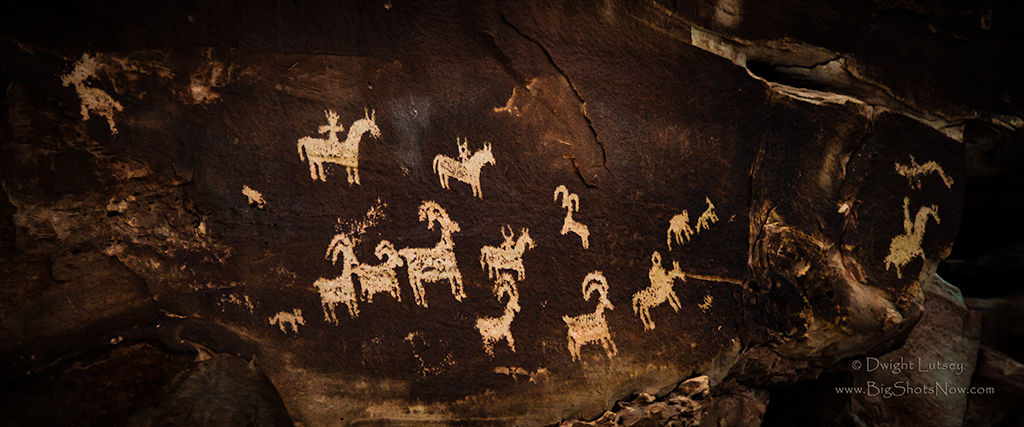
You must be logged in to post a comment.